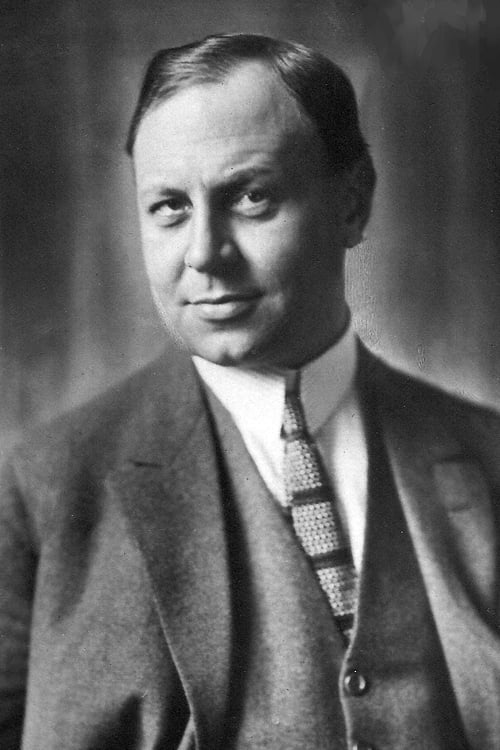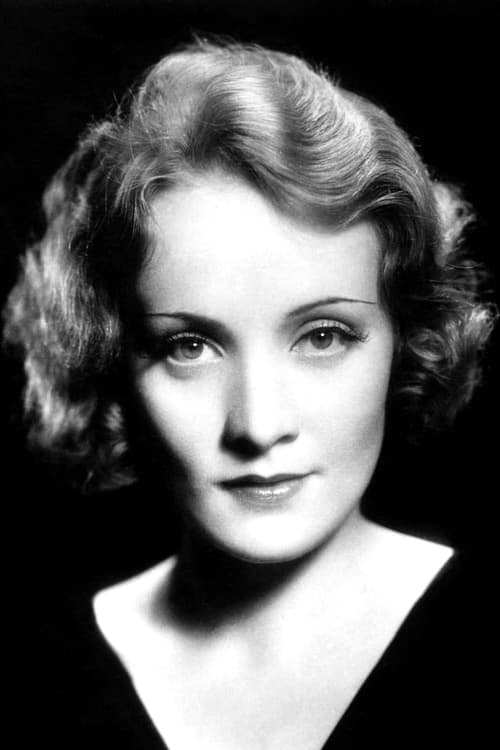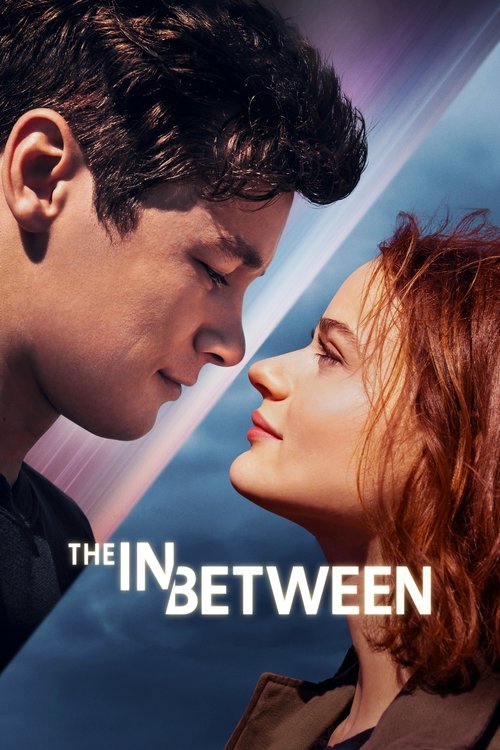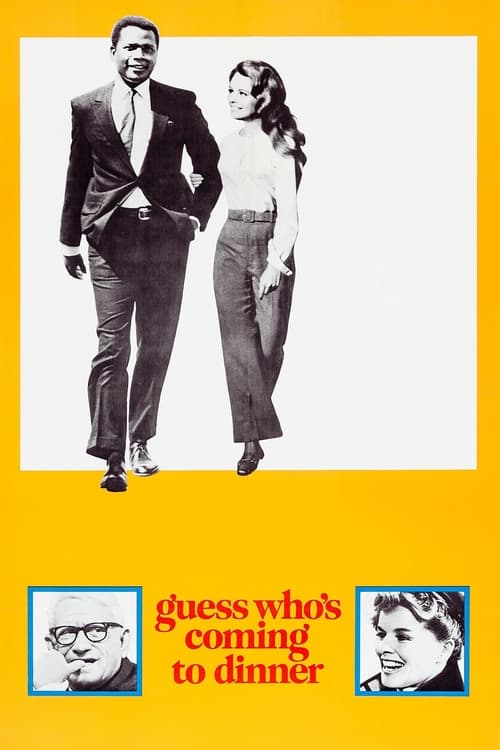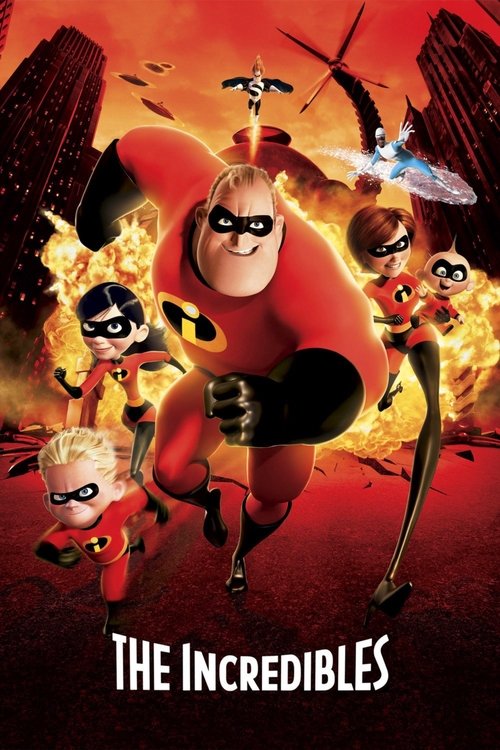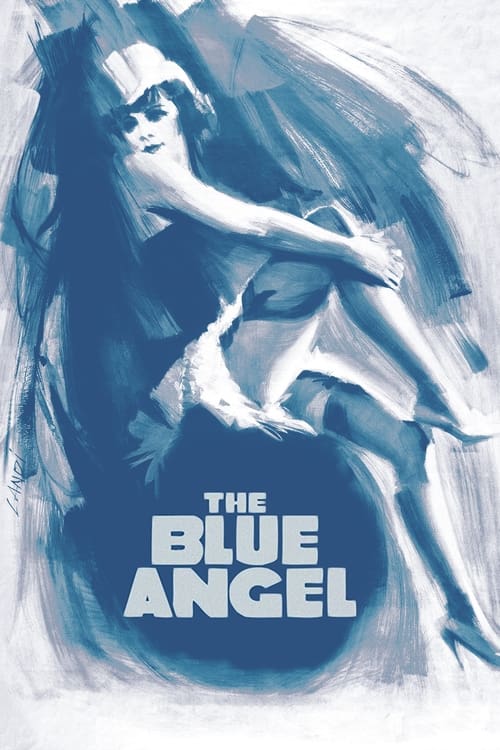
The Blue Angel
Prim professor Immanuel Rath finds some of his students ogling racy photos of cabaret performer Lola Lola and visits a local club, The Blue Angel, in an attempt to catch them there. Seeing Lola perform, the teacher is filled with lust, eventually resigning his position at the school to marry the young woman. However, his marriage to a coquette -- whose job is to entice men -- proves to be more difficult than Rath imagined.
Dialogues from Movie The Blue Angel
Quotes from Movie The Blue Angel
Sound Tracks from The Blue Angel by Hans Albrecht
Falling in Love Again
Falling in Love Again by Marlene Dietrich, Performed by Lola during a cabaret scene
The Blue Angel
The Blue Angel by Marlene Dietrich, Title song performed at different points in the film
Download App
Memorable Scenes from Movie The Blue Angel
Professor Rath's First Encounter with Lola
Professor Rath, a strict and conservative schoolteacher, enters a smoky cabaret for the first time to investigate a group of his students. He is instantly captivated by Lola's performance, where she sings with a mix of charm and seduction. This moment marks Rath’s exposure to a world he has long rejected, revealing his hidden desires. The scene's tension peaks when their eyes meet, hinting at a connection that excites and terrifies him. As he watches her with both admiration and disapproval, it signals the beginning of his downfall. This is crucial as it sets the stage for Rath's internal conflict, contrasting his rigid morals with Lola's free spirit. Rath's initial intrigue shifts into obsession throughout the film, altering his life forever.
Context: This moment introduces the central conflict of the film, highlighting the contrast between culture and pleasure, and paints Rath as a character caught between his duties and desires.
Rath's Acceptance of Lola's World
After visiting the cabaret multiple times, Rath finally allows himself to enjoy the experience, drinking with Lola and her friends. This is a turning point where he embraces the bohemian lifestyle that once repulsed him. The scene escalates when Rath joins in a raucous group song, laughing and loosening his academic demeanor. The joyous atmosphere blends with a sense of lost dignity as Rath steps away from his past. This moment is visually rich, filled with colorful decorations and vibrant performances around him, symbolizing the seduction of the night world. Following this, Rath quickly spirals deeper into Lola’s influence, marking his descent into chaos.
Context: This moment captures Rath's internal struggle, as he chooses instant gratification over his former life, leading him down a destructive path.
The Bursting Marriage Proposal
In a pivotal scene, Rath finally proposes to Lola, believing that she will reform him and uplift his status. Lola's response is playful but dismissive, showing her unwillingness to give up her lifestyle. The contrast between Rath’s earnestness and Lola’s carefree attitude creates an intense emotional standoff. The pivotal moment comes when Rath, in a fit of desperation, begs her to change her ways. The weight of his desperation contrasts sharply with Lola's laughter, revealing the chasm between them. This scene encapsulates Rath's naivety and sets the tragic tone of their future interactions. The aftermath sees their relationship complicated by lack of understanding, hinting at inevitable heartbreak.
Context: This central moment reveals Rath's misguided hope and Lola's defiance, showcasing the themes of love, desire, and tragic miscommunication.
The Confrontation at the Cabaret
When Rath confronts Lola about her infidelity with another man, the confrontation explodes emotionally. Rath’s moral outrage clashes with Lola's unapologetic spirit, highlighting the film's theme of societal expectations versus personal desire. The scene reaches its peak when Lola coldly dismisses Rath, telling him he doesn't own her. The tension is palpable, filled with raw emotions as Rath realizes how powerless he is. The lighting contrasts shadows over Rath’s face, portraying his internal turmoil. This confrontation ultimately shatters Rath’s already frail self-image, pushing him further into despair. The aftermath propels Rath to make destructive choices, maintaining the tragic narrative.
Context: This scene is crucial as it exemplifies the crumbling bond between Rath and Lola, serving as the final bridge over which Rath’s ambitions will crash.
The Reveal of Rath's Transformation
After losing his job and status, Rath is seen in a dingy outfit, performing in the cabaret as a clown. The viewers witness his complete transformation from a proud academic to a pitiful performer. The poignant moment is captured when he applies makeup, concealing his identity to fit in. This visual metaphor symbolizes his loss of self-worth and the despair in his eyes as he realizes his new truth. The setting is dark and claustrophobic, enhancing his feeling of entrapment. The aftermath sees Rath fully immersed in this humiliating existence, illustrating the depths of his fall from grace. It's a heartrending depiction of identity lost.
Context: This pivotal scene underscores Rath’s tragic journey, illuminating the film’s exploration of social status and personal decline.
Lola's Take on Love and Freedom
In a quiet moment, Lola expresses her thoughts on love and freedom to Rath, emphasizing her philosophy of living for the present. The tension peaks when she talks about love as a fleeting emotion, rejecting the constraints of marriage. Her seductive charisma draws Rath in, but her words highlight her commitment to freedom over attachment. The warm lighting around her contrasts sharply with Rath’s cold demeanor, symbolizing their conflicting values. The aftermath sees Rath grappling with her viewpoint, which ultimately compromises his perception of love. This scene brilliantly captures the movie’s themes of individuality and societal shackles.
Context: This exchange showcases Lola's character as the embodiment of freedom, contrasting Rath’s traditional values, thus deepening the complexity of their relationship.
The Descent into Madness
In a visually striking scene, Rath begins to lose his sanity, depicted through haunting imagery of his disheveled appearance and erratic behavior. It’s a silent turning point where he wanders through the streets in a daze, replaying his memories of Lola. The emotional climax arrives when he hallucinates about her singing, surrounded by ghostly visages of his past glory. This visual spectacle heightens the internal conflict of despair versus desire. The aftermath of this fracture reveals how deeply Lola has impacted his psyche, making his heartbreak palpable. It culminates in a profound display of sorrow and vulnerability.
Context: This scene exemplifies Rath's mental breakdown and underscores the destructive impact of his obsession, reinforcing the film’s tragic essence.
The Heartbreaking Final Performance
During a climactic performance, Rath takes the stage dressed as a clown, facing both humiliation and desperation. His act is laden with emotional weight as each laugh feels like a stab wound to his ego. The pivotal moment arrives when Lola watches him, feeling a mix of amusement and pity. The visuals juxtapose the raucous laughter of the audience with Rath’s emotional collapse. The aftermath brings a haunting silence as he exits the stage, fully aware of his fall from dignity. This scene encapsulates the tragic reversal of roles, showing how he has become the very object of ridicule he once condemned.
Context: This performance serves as a tragic culmination of Rath's journey, embodying the film's themes of identity loss and societal rejection.
The Moment of Realization
In a final encounter, Rath confronts Lola after realizing she never cared for him. The air is electric with tension as he demands the truth from her. The pivotal moment occurs when Lola admits her lack of love with a chilling indifference. This revelation strikes Rath deeply, leaving him shattered. The quick-cut close-ups intensify the raw emotion on their faces, showing the divide between them. The visual bleakness underscores Rath’s realization that he’s been living a lie, culminating in a heart-wrenching acceptance of his failures. The aftermath leaves him profoundly alone, symbolizing the ultimate betrayal of his affection.
Context: This scene is critical as it ties together the film’s core themes of love, loss, and disillusionment, cementing Rath’s tragic fate.
The Despair of Solitude
In one of the last scenes, Rath is left isolated, seated alone in darkness. His face reflects a mixture of defeat and sorrow, encapsulating his complete alienation from society and himself. The moment is powerful as he slowly realizes the irreversible choices he has made. The lack of dialogue heightens the emotional impact, allowing viewers to absorb the full weight of his solitude. The somber lighting casts deep shadows across his features, a visual representation of his hopelessness. The aftermath reveals a man completely broken, a poignant reminder of what he once was versus his current state.
Context: This moment signifies Rath's tragic end, embodying the film's exploration of despair and the cost of unchecked desire.
Rath's Last Stand
In the final showdown with Lola, Rath confronts her outside the cabaret one last time. The air is thick with tension as he seeks understanding and closure. The pivotal moment peaks when Rath declares that he has given up everything for her, exposing his vulnerability. Lola’s dismissive attitude shatters him further, symbolizing the loss of hope. The rain drenching them amplifies the emotional intensity, creating a dramatic visual backdrop. The aftermath leaves Rath with nothing but regret, cementing his tragic fate as he watches her walk away. It’s a heart-wrenching conclusion to their tumultuous relationship.
Context: This last confrontation encapsulates the film’s tragic narrative of love lost and the personal costs of surrendering to desire.
The haunting final shot
The film concludes with a lingering shot of Rath, staring blankly, reflecting on his lost prospects and shattered dreams. His expression is a blend of grief and acceptance, offering a haunting closure to his character. The framing captures the emptiness surrounding him, emphasizing his isolation amidst a bustling world. This final moment leaves a lasting impact as it conveys the high cost of longing and the stark reality of his demise. The silence envelops the screen, inviting viewers to sit in their thoughts. It signifies the harsh lesson of love and sacrifice engrained in the narrative.
Context: This powerful conclusion serves as a stark reminder of the film's themes around identity and the tragic flaws that lead to downfall.
Download App


